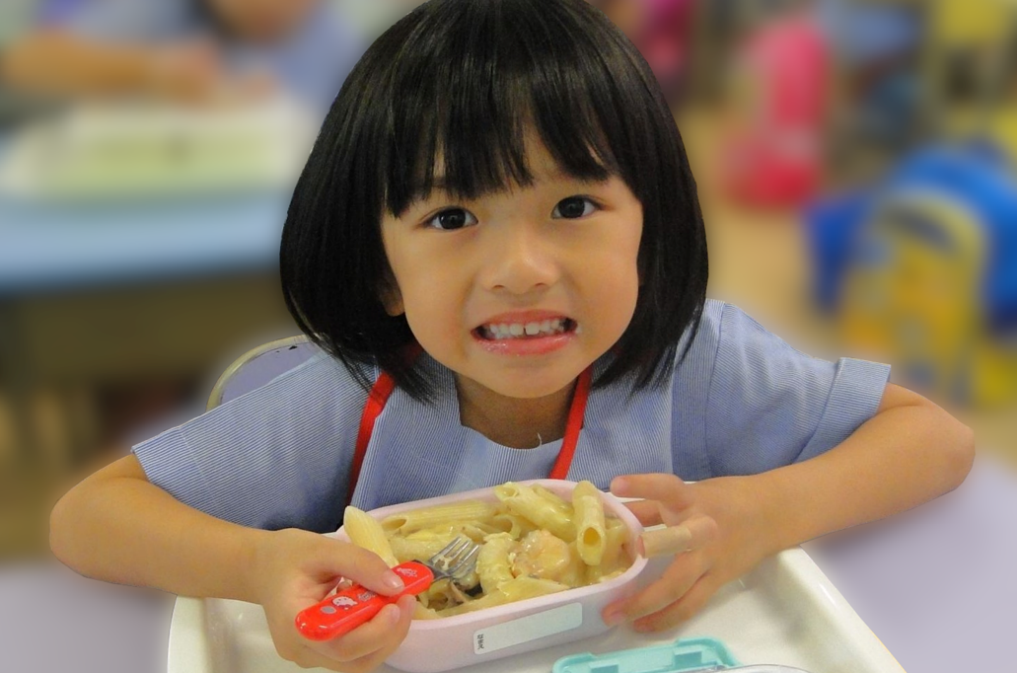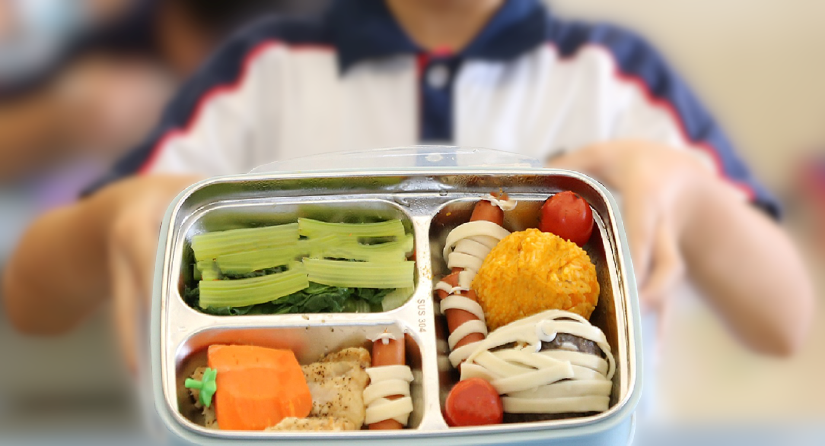Green Lunch
Overview
To promote the “plastic free” culture, the Chief Executive announced in her 2019 Policy Address Supplement that ‘the Government will implement “Plastic-free” School Lunch Pilot Scheme to encourage primary and secondary schools to use reusable lunch boxes in serving school lunch, and students to bring along their own reusable cutlery.’.
Green Lunch Options
1. Students Bringing Their Own Lunch
To avoid the generation of food waste and disposable containers and cutlery, students are encouraged to bring their own lunch. Parents can prepare the suitable amount of food for their children in reusable containers with cutlery as an environmental-friendly practice.
There are several ways to bring lunch to schools:
- Students bring their lunch to school using thermal containers;
- Students bring their lunch to school using reusable food containers which will be reheated before lunchtime; and
- Parents or domestic helpers deliver the lunch to the students before lunchtime.
To cultivate the “plastic-free” culture in schools, the Environmental Protection Department (EPD) has earmarked $4.5 million through the Environment and Conservation Fund in rolling out the Pilot Scheme for Provision of Necessary Equipment for “Plastic-free” School Lunch in 2020/21 school year to subsidise about 50 schools for the installation of the “Four Treasures” (refrigerators, steam cabinets, dishwashers and disinfection machines), to encourage students to bring their own lunch using reusable food containers.

2. On-site Meal Portioning
On-site meal portioning (OMP) refers to the lunch arrangement whereby school lunch suppliers (SLS) cook rice and vegetables on-site and reheat other food (e.g. meat) at the school kitchen. The hot food is then flexibly portioned using reusable containers (e.g. food trays) and distributed to the students according to their individual needs (e.g. students can have a choice of smaller rice portion).
Subject to the availability of suitable space at individual schools, students can dine in a designated dining area (such as covered playground) or less preferably, in classrooms. After meal, the used reusable containers and cutlery are thoroughly washed and stored at school. The reusable containers have a normal lifespan of a few years and could be recycled at end-of-life. The implementation of OMP has proven to be an effective green lunch measure. Schools adopting OMP can considerably reduce food wastage and the disposal of disposable containers and cutlery.
3. Use of Reusable Containers
Apart from OMP, schools can adopt other school lunch arrangements with the use of reusable containers, such as:
1. On-site portioning of cooked meal: Food is cooked at the SLS’s factory and then portioned at schools (e.g. classroom or corridor on each floor).
2. Off-site meal portioning: Food is cooked and portioned at SLS’s factory and delivered to the schools using reusable lunch boxes.
To facilitate wider adoption of the “plastic-free” lunch arrangement by schools, the EPD, in collaboration with the Education Bureau and the Department of Health, has updated the Handbook of Selection of Lunch Suppliers, which includes encouraging schools to incorporate service requirements concerning the use of reusable food containers and cutlery in the tender, with a view to fully implement the use of reusable food containers and cutlery for school lunches by the 2023/24 school year.

References
- Guidelines on How to Promote Green Lunch in Schools (by Environmental Protection Department)
- Guideline of Food Waste Measurement (by Environmental Protection Department)
- Food Waste Reduction Good Practice Guide for Education Sector (by Environmental Protection Department)
- "Waste Less School" Internet Platform (Chinese Version Only)
- Education Bureau Circular “Arrangements for Green Lunch and Reduction of Food Waste in School”
- Education Bureau Circular “Meal Arrangements in School”
- Guidelines on Meal Arrangements in School (by Education Bureau)
- Handbook of Selection of School Lunch Suppliers (by Department of Health)
- Appendix A: List of School Lunch Suppliers
- Appendix B: List of Disposable Lunch Box Recyclers
